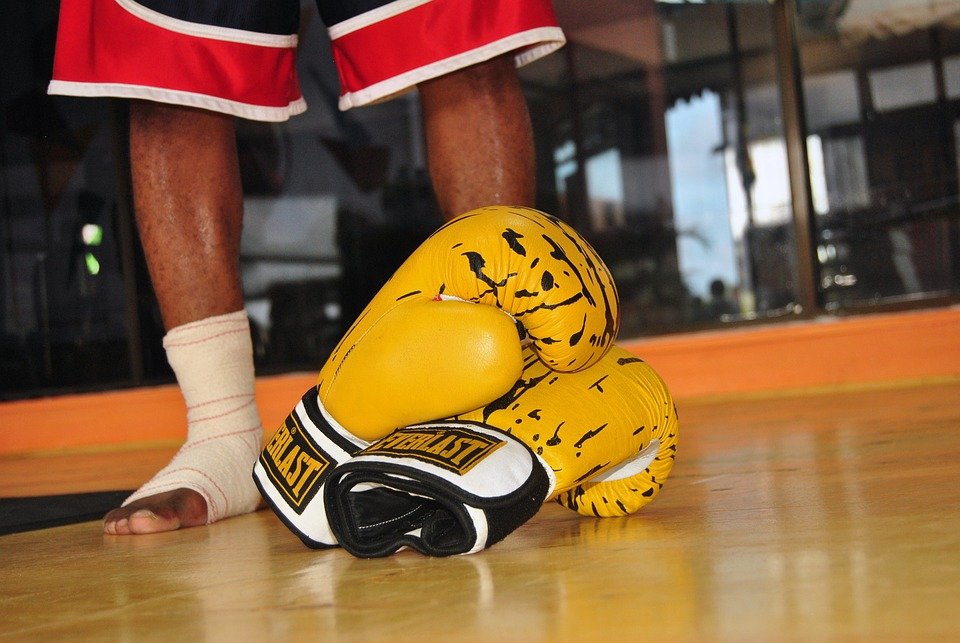Mixed Martial Arts (MMA) has taken the world by storm over the past few decades, growing from a niche sport into a mainstream phenomenon. With this meteoric rise in popularity, the MMA community has expanded, encompassing a myriad of fighters, coaches, promoters, and fans, each bringing their unique perspectives and backgrounds to the sport. Yet, as this community has grown, so too have the challenges of division and competition within its ranks. The importance of collaboration and unity has never been more crucial for the future of MMA.
Bridging the Divide: Different Organizations, Shared Goals
At present, the MMA landscape is filled with numerous organizations—UFC, Bellator, ONE Championship, and regional promotions, to name a few. Each boasts its distinct identity, rules, and fan base. While competition can spur innovation and excellence, it can also breed disunity. Fighters are often categorized by the organization they represent, creating an “us vs. them” mentality that can stifle the potential for growth and cooperation.
Collaboration among organizations can lead to several benefits. Firstly, it can create opportunities for cross-promotion that elevate the profile of the sport as a whole. Consider a hypothetical partnership between larger promotions that facilitates showcase events for emerging talents or super-fight exhibitions featuring top fighters from different organizations. Such collaborations not only benefit the athletes by exposing their skills on larger platforms but also cultivate a more robust and unified fan base.
Collective Growth Through Community Support
The MMA community thrives on the synergy between its various components—fighters, coaches, gyms, and fan affiliations. By working together, they can foster a culture of inclusion and support that nurtures talent and empowers athletes. Training camps often emphasize collaboration across disciplines, with fighters training in multiple styles, including boxing, Brazilian jiu-jitsu, wrestling, and Muay Thai. This cross-training leads to the development of well-rounded athletes who can compete at higher levels.
Moreover, fans play a crucial role in nurturing a sense of community among rival promotions. By attending different events and supporting fighters across organizations, they can help normalize the idea that martial arts transcend promotional boundaries. Host forums or workshops where fighters and fans alike can share knowledge about techniques, training regimens, and fight strategies can further promote unity. Such grassroots initiatives may vitalize the community and create stronger bonds among its members.
Building a Unified Front Against Adversity
The MMA community has often faced criticism, particularly regarding safety, regulation, and athlete welfare. Collaborating to address these issues is essential for encouraging a culture rooted in respect and support. In a unified front, organizers and fighters can work together to advocate for better regulations, more comprehensive safety protocols, and mental health resources for athletes. As mixed martial artists, they must emphasize the importance of fighter welfare, showcasing their dedication to the well-being of athletes rather than just profit margins.
Furthermore, alliances can help combat broader issues such as racism, misogyny, and other forms of discrimination within the sport. By coming together, organizations and fighters can promote inclusivity, create educational programs, and develop initiatives that champion diversity. The unequivocal message that MMA is a sport that values equality and respect can significantly broaden its appeal, drawing in disenfranchised communities and preparing the ground for a more compassionate culture.
Cultivating Future Generations
The future of MMA lies in its youth. By forming partnerships between established organizations and amateur leagues, experienced fighters can mentor aspiring martial artists, guiding them through their development. Notable figures in the sport could host workshops, seminars, or training camps, sharing insights and expertise that instill both technical skills and sportsmanship in young fighters.
Additionally, collaborative efforts can nurture the next generation of fans. Engaging with schools or local organizations can help introduce the sport to young people and dismantle stereotypes. Teaching respect, humility, and discipline through MMA ensures that these values carry over into every corner of society, enriching communities at large.
Conclusion: A Unified Fight for the Future
The MMA community has a unique opportunity to lead by example. By prioritizing collaborations and nurturing an environment of inclusivity, the sport can advance through unity rather than division. In an era where teamwork is essential for success, embracing collaboration among fighters, organizations, and fans alike will ensure that the spirit of MMA continues to thrive for generations to come.
As MMA grows, let us fight not against one another but for a shared vision, a community built on solidarity and mutual respect. Together, we can transform challenges into strengths and pave the way for a more unified and resilient sport. In the world of MMA, the most significant victories can often be the ones fought together.






